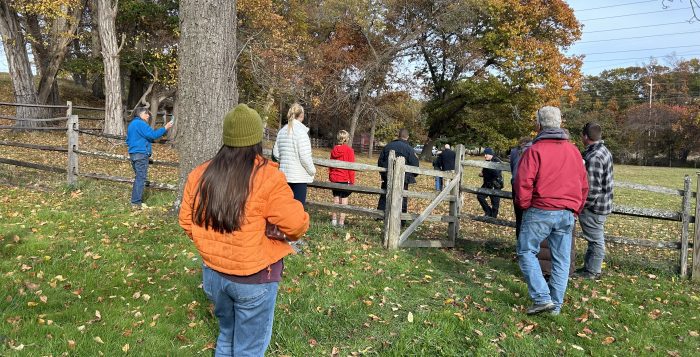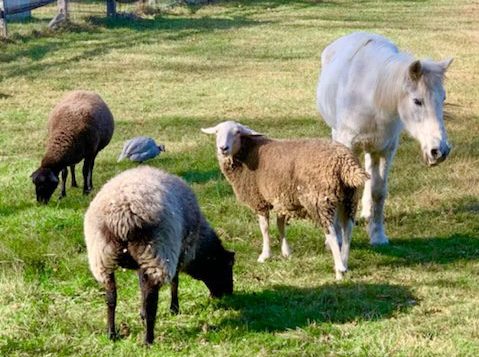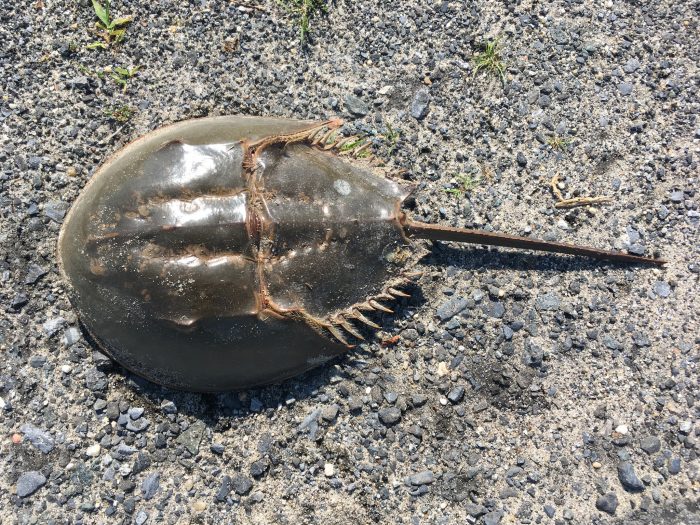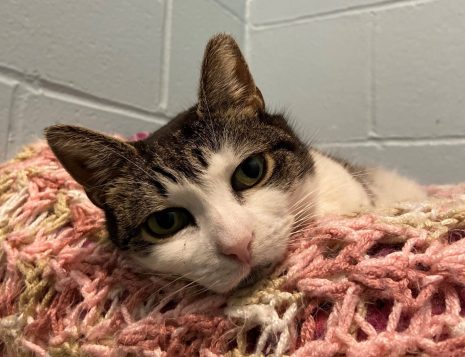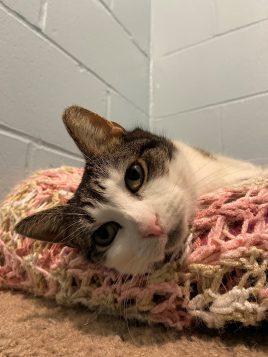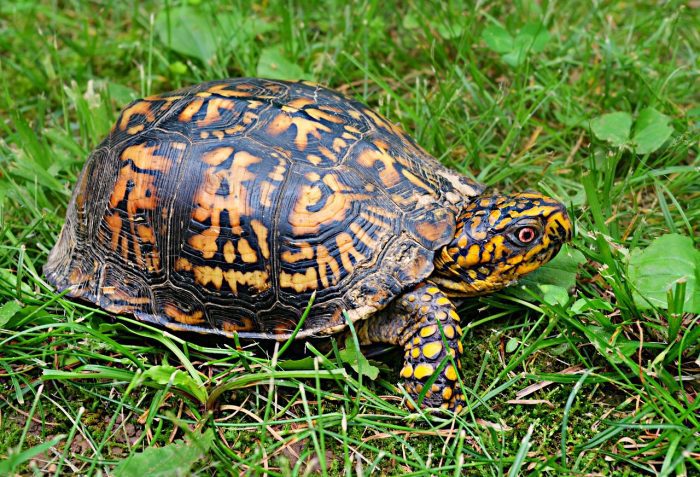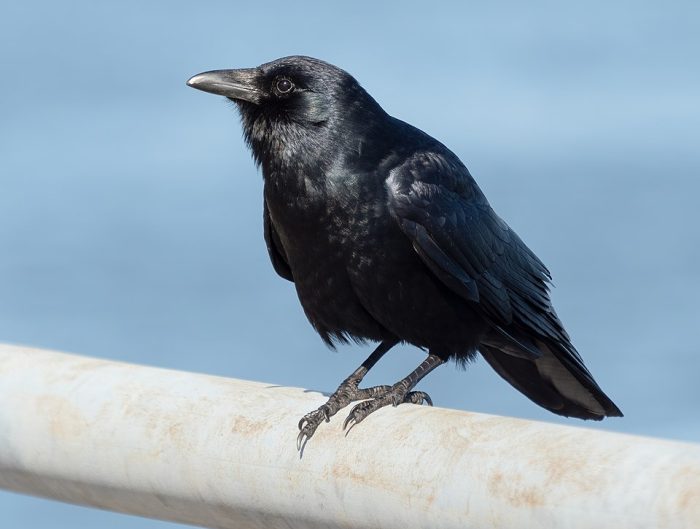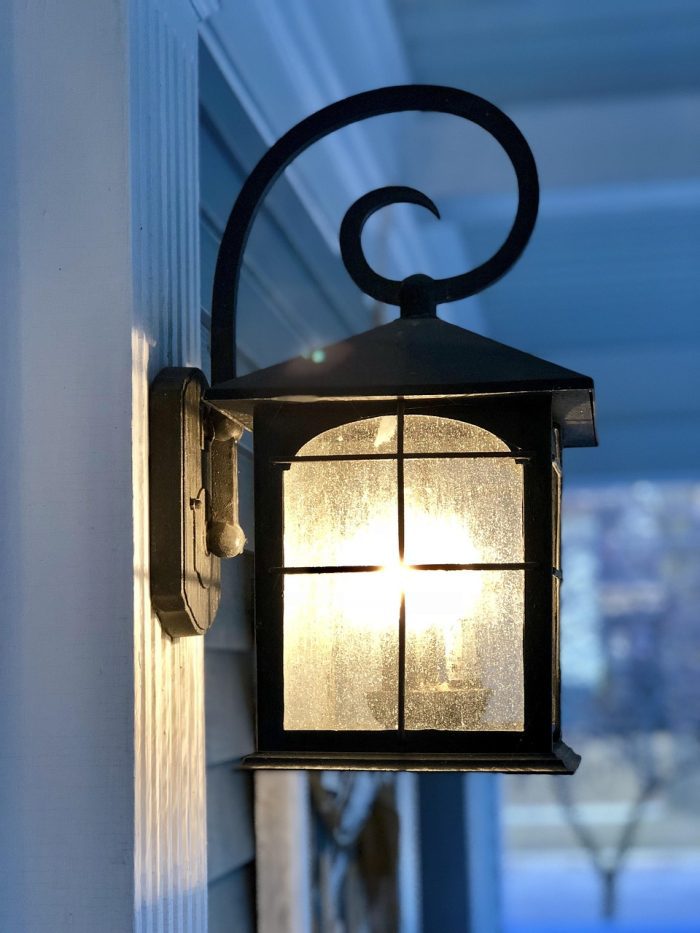 Welcome to the 42nd edition of Paw Prints, a monthly column for animal lovers dedicated to helping shelter pets find their furever home.
Welcome to the 42nd edition of Paw Prints, a monthly column for animal lovers dedicated to helping shelter pets find their furever home.

Meet Libra
The Libra personality is known for being fair-minded and having the ability to see both sides of every argument. They are renowned for their charm, diplomatic spirit, and tempered nature. A six year old Terrier mix at Little Shelter in Huntington, this Libra’s horoscope predicts a soon-to-be forever home and a bright future. Well-balanced and interesting, he has an independent personality and would prefer to be the only pet in the household, confident he can fulfill the role of best friend and loyal partner. This handsome fellow has both the spunk of a Terrier and an astrologist’s insight, so if the stars align for you, stop by to meet him today. 631-368-8770 *Libra is mostly housebroken.

Meet Sunny
Dappy Sunny at the Smithtown Animal Shelter has a disposition that matches his name. This 80 pound 4-year-old Alaskan Malamute is sweet, attentive, smart and quite the talker! Like an old fashioned crooner, he is handsome, a gentleman and sings lament-like howls when he is feeling neglected. This breed is highly intelligent, acitve and has grooming needs that a potential home would have to be equipped to provide. Any family would be lucky to add this handsome man to their ranks. He would do best in a home with older children and no cats. 631-360-7575.

Meet Ricky
Little Ricky’s eyes tell the story of a soul that’s been through far too much. Rescued from death row at NYCACC, this precious Puggle arrived at the door of Save-A-Pet in Port Jefferson Station sad, confused, and suffering from painful ear and skin infections—neglect no dog should ever endure.
Despite it all, Ricky is pure sweetness. He is quiet, gentle, and full of love just waiting to be received. He’s been healing beautifully with proper medical care and a safe place to rest, and now, all he needs is a home where he can finally feel safe and cherished.
Ricky would thrive in a calm, peaceful environment, ideally with someone who understands that sometimes the most broken hearts make the most loyal companions. He’s the kind of dog who will curl up beside you, gaze at you with those soulful eyes, and remind you daily what love really looks like.
After everything he’s endured, Little Ricky is ready to give his heart to the person who offers it to him. 631-473-6333

Meet Maddie
Meet Maddie — a sweet, gentle 8-year-old soul with a heart full of love! Maddie came to the Brookhaven Animal Shelter as a stray, and it was clear she had been through a lot. She was found with chains tied to her collar, which she had chewed through in an effort to free herself. But despite her tough past, Maddie has proven to be resilient and incredibly loving.
Now that she’s safe and warm in the shelter, Maddie sleeps soundly, knowing she’s in a safe place. She adores being around people, offering affection and companionship to everyone she meets. She’s a calm and loving girl, who would do wonderfully in a home with kids. Maddie deserves the chance to experience the good life she’s been waiting for. This gem of a dog is ready to be someone’s loyal, loving companion. Will that be you? 631-451-6955

Meet Sylvie
This petite beauty is a dilute tortie with a heart as soft as her fur. Sylvie was rescued from a high-intake shelter in Georgia and is now safe at Kent Animal Shelter in Calverton. Even after a rough start, she’s kept her gentle, loving spirit shining bright. The purr-fect mix of affectionate and independent she’ll happily curl up for some pets and attention, then retreat to her favorite perch on the cat tree to quietly watch the world go by. Sylvie would make a wonderful companion for someone looking to share peaceful days and cozy nights. She’s ready to leave her past behind and start her forever with someone who’ll treasure her. 631-727-5731, Ext.
————————–
Pet-A-Palooza heads to Little Shelter
Join Little Shelter Animal Rescue & Adoption Center, 33 Warner Road, Huntington for its annual Pet-A-Palooza fundraiser celebration on June 14 and June 15 from 9 a.m. to 6 p.m. Featuring a huge Chinese auction, games for kids, face painting, BBQ, Blessing of the Animals service on June 15 at 3 p.m., “Dogs on Parade” dog contest, doggie swimsuit contest and many animals for adoption. Meet Anna and Raven from WALK 97.5 FM on June 14. 631-368-8770, www.littleshelter.org
Rescue is a lifestyle. Adopt, don’t shop.
Check out the next Paw Prints in the issue of July 10.
Paw Prints is generously sponsored by Mark T. Freeley, Esq.




